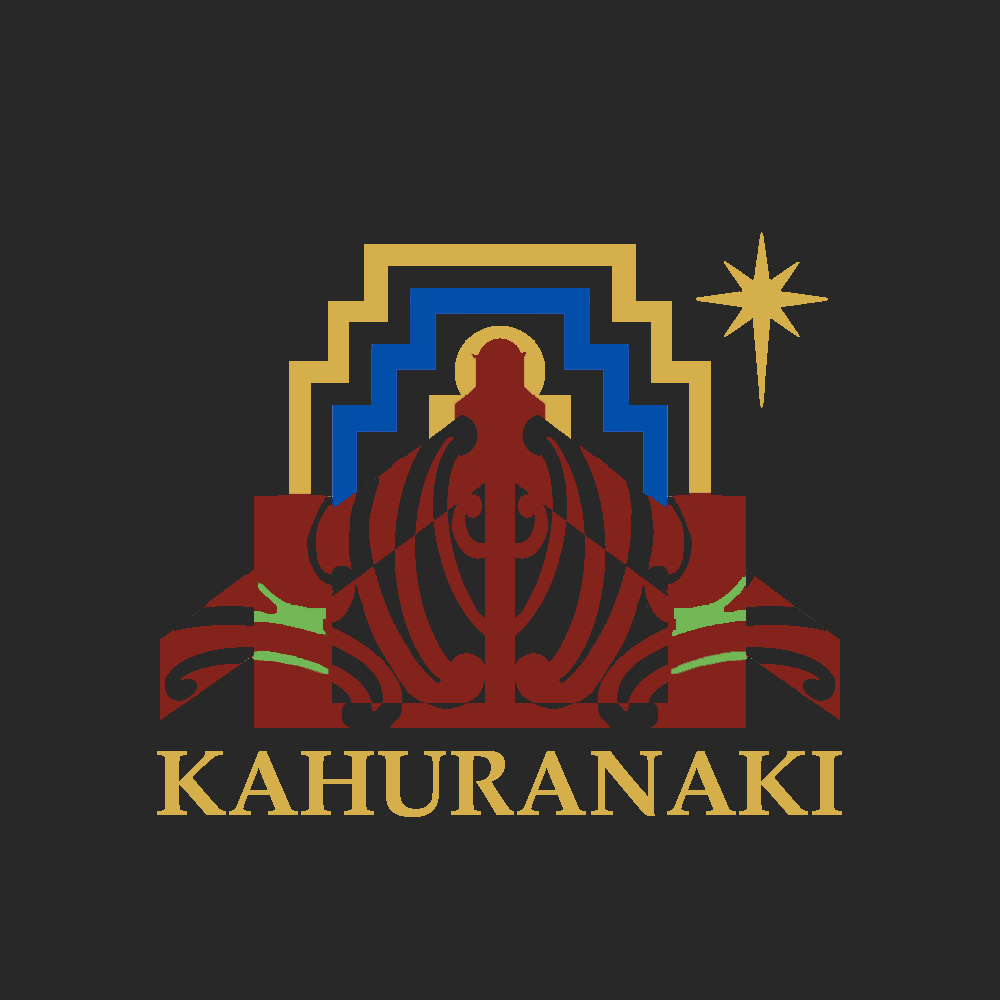About Us
Pepeha
Ko Takitimu te waka
Ko Tamatea Arikinui te tangata
Ko Ngāi Te Rangikoianake te hapū
Ko Kahuranaki te maunga
Ko Ngaruroro rāua ko Tukituki ngā awa
Ko Poukawa te waiu
Ko te Hapuku te tangata
Ko Tumapuhiarangi te tekoteko
Ko Te Whatui-Apiti te Rangatira
Ko Kahuranaki te marae
Our pepeha acts as a cultural summary of who we are, our whakapapa and what cultural land marks define our traditional boundaries.
Gain a deeper insight into our kaupapa and explore the intricate history of our marae.
POUKAWA TE WAIU
According to Hori Tupaea, grandson of Te Hapuku and a chief who dominated the affairs of his people for many years, the name Poukawa arose thus:
Directly behind Te Hauke in the hills, stood a pa called Te Wheao. He said that it became famous because of the large number of chiefs and chiefly families who lived in it. Two of these chiefs were Te Rangikawhiua, the paramount chief because of his direct descent from Te Whatuiapiti and the other a cousin, Te Rangi-Hirawera of a lineage junior to that of Te Rangikawhiua. It was obvious from the beginning that there was little room for these two fiery, headstrong chiefs. The lesser chief decided to leave Te Wheao and seek another area in which to live. This he found at the north-eastern edge of the lake. In due course, Te Rangihirawera began to claim a portion of the lake as his. In order to consolidate his claim, he asked his cousin Te Rangikawhiua to visit him for the purpose of dividing the lake between them.
Naturally, the paramount chief became annoyed at the audacity of the lesser chief suggesting that the lake, over which Te Rangikawhiua had complete authority, should be apportioned thus. He refused to even consider the proposal. Te Rangihirawera went ahead with the carving up of the lake and obtained from the nearby forest a long totara pole and drove this into the part of the lake which produced the vest and fattest eels, leaving only the part which contained the lean or kawa eels for the paramount chief. Thus the two words comprising the name Pou (pole) and kawa (lean or tasteless) came into being. Eventually Te Rangihirawera was driven off and finally killed.

POUKAWA LAKE TODAY
During the 1931 earthquake, which almost destroyed Napier and Hastings, the lake bed rose and the waters receded from near the railway line to where they are today. A huge dry area, covered with raupo and swamp grass, was left growing from the edge of the new lake to the railway. Many of the owners wondered what should be done with the new ground. Stock roamed at will – sheep and cattle mostly. There were arguments over the ownership of stock and near fights occurred. Someone suggested farming the area. However, there were large patches still very soft and moreover; the whole mass of original lake bed was slowly subsiding. It was not until the years immediately following World War II that the owners decided to lease it rent-free to a Mr. Slater. He brought in a large mob of horses and let them loose on the property. The horses ate whatever they could and trampled the ground to such an extent that consolidation was accelerated. As the ground sank, stumps arose. Some of these are still visible today.
Proper farming began in the early fifties. The property was leased to a sheep farmer and fences began to appear in regular order. In 1974 a move was made to bring the property back to the full control of the owners. In 1974 a lease was drawn up enabling a Mr. Brownrigg to farm the lake property for twenty-one years. At the same time, Trustees were elected by the owners to look after their interests in the property. That is the situation today. At the end of the term of the lease it is hoped that the owners will farm the lake property on their own.
